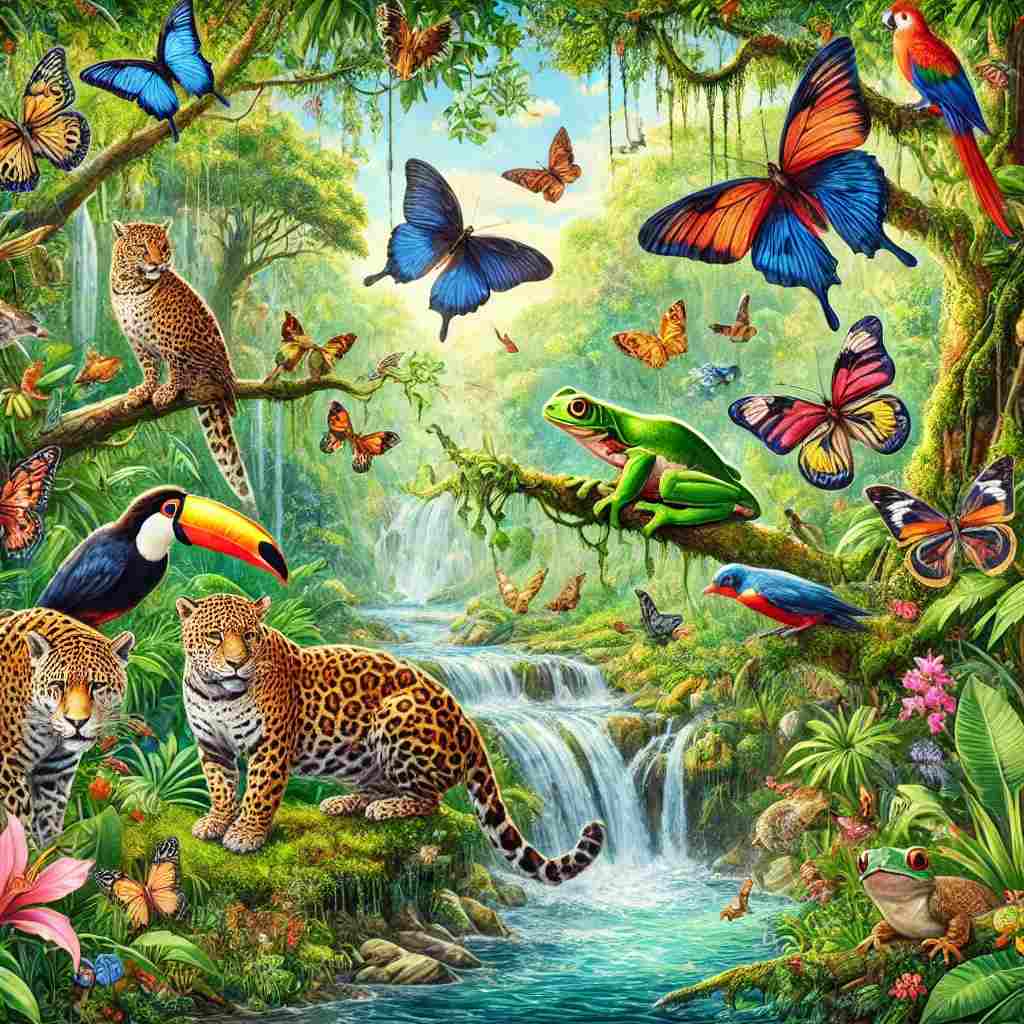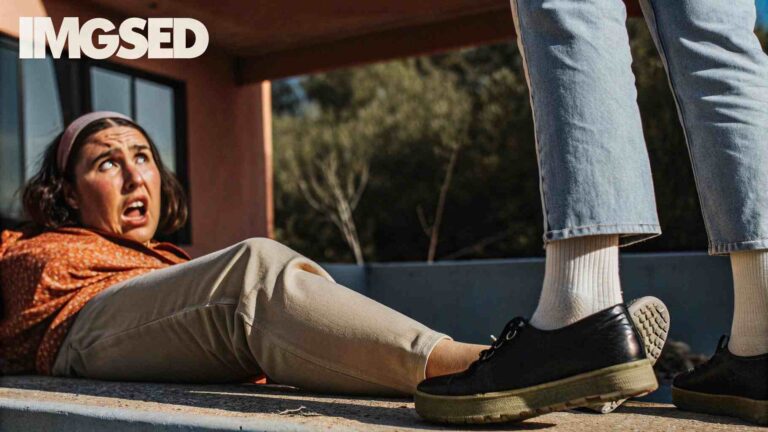
Biodiversity art combines creativity and nature to showcase the beauty of wildlife, plants, and ecosystems. It raises awareness about conservation through paintings, sculptures, and digital media. This art form helps people connect with nature and understand its importance.
I once painted a rainforest scene to highlight endangered species, and it sparked meaningful conversations about conservation. Seeing how art can inspire change made me appreciate its role in protecting biodiversity. It proved that creativity can be a powerful tool for awareness.
What Is Biodiversity In Art?
Biodiversity in art refers to the creative representation of nature’s diverse life forms, including animals, plants, and ecosystems. Artists use paintings, sculptures, digital art, and photography to highlight the beauty and importance of biodiversity. This form of art also raises awareness about environmental conservation and inspires people to protect nature.
The Connection Between Art and Biodiversity:
1. Art as a Conservation Tool:
Artists use their work to highlight endangered species and environmental issues. Their paintings, sculptures, and murals spread awareness and inspire action for biodiversity protection.
2. Scientific Illustration and Education:
Detailed biodiversity art helps scientists document species and ecosystems. These illustrations make complex biological concepts easier to understand for the public and researchers.
3. Nature-Inspired Creativity:
Biodiversity influences artistic styles, colors, and patterns. Many artists mimic natural textures, shapes, and organic forms in their work, showcasing the harmony of ecosystems.
4. Cultural and Historical Representation:
Traditional and indigenous art often depict local biodiversity, preserving knowledge of native plants and animals. These artworks tell stories about human interaction with nature throughout history.
5. Eco-Friendly Art Practices:
Many artists use sustainable materials like natural dyes, recycled paper, and biodegradable clay. This approach reduces environmental impact while promoting the importance of protecting biodiversity.
Famous Artists Inspired by Biodiversity:
1. Maria Sibylla Merian:
She was a pioneering artist and naturalist who studied insect metamorphosis in the 17th century. Her detailed botanical and insect illustrations helped bridge the gap between art and science. Merian’s work revealed the beauty of biodiversity and contributed to early ecological studies.
2. John James Audubon:
Audubon’s The Birds of America is one of the most detailed collections of bird illustrations ever created. His lifelike paintings captured the essence of birds in their natural habitats. His work remains essential for both art lovers and ornithologists.
3. Frida Kahlo:
Kahlo often incorporated plants, animals, and nature in her self-portraits. She used biodiversity as a symbolic representation of emotions, identity, and cultural roots. Her artwork reflects the deep connection between humans and the natural world.
4. Andy Goldsworthy:
Goldsworthy creates temporary sculptures using natural materials like leaves, rocks, and ice. His works blend seamlessly with the environment, highlighting the beauty of nature. He emphasizes the fleeting and ever-changing aspects of biodiversity.
5. Ernst Haeckel:
Haeckel was a biologist and artist who illustrated intricate marine organisms. His drawings introduced the microscopic beauty of biodiversity to the world. His work influenced both science and art by revealing unseen natural patterns.
6. Nick Brandt:
Brandt’s black-and-white photography captures Africa’s wildlife in dramatic and emotional compositions. His images highlight the beauty of endangered species while raising awareness about conservation. His work serves as a call to protect biodiversity before it’s lost forever.
The Role of Biodiversity Art in Conservation:
1. Raising Awareness:
Biodiversity art highlights the beauty of nature and endangered species. It educates people about environmental threats like deforestation and climate change. Through visual storytelling, art inspires action for conservation efforts.
2. Supporting Conservation Projects:
Many artists donate proceeds from biodiversity-themed artwork to wildlife conservation organizations. Exhibitions and auctions help fund habitat restoration, species protection, and eco-friendly initiatives. Art serves as a bridge between creativity and real-world impact.
3. Encouraging Sustainable Practices:
Artists use eco-friendly materials like recycled paper, natural dyes, and biodegradable sculptures. By promoting sustainability, biodiversity art reduces environmental harm while spreading its message. This encourages both artists and audiences to adopt greener lifestyles.
4. Connecting People with Nature:
Art makes biodiversity more accessible and emotional, helping people develop a deeper appreciation for nature. Murals, digital art, and public installations bring wildlife into urban spaces. This connection fosters a stronger commitment to protecting the environment.
Modern Trends in Biodiversity Art:
Biodiversity art is evolving with technology and sustainability. Digital art and AI-generated nature illustrations allow artists to create lifelike wildlife imagery. Augmented reality (AR) and virtual reality (VR) offer immersive experiences, bringing biodiversity closer to audiences.
Eco-friendly materials like recycled plastics and biodegradable paints promote sustainability. 3D printing is also being used to create intricate sculptures of endangered species. These modern trends make biodiversity art more interactive, accessible, and impactful in spreading environmental awareness and conservation efforts.
FAQs:
What are some creative biodiversity art ideas?
Biodiversity art can include wildlife paintings, eco-friendly sculptures, digital nature illustrations, and recycled-material collages. Artists also create interactive installations, murals, and 3D-printed models of endangered species to promote conservation.
How can I make an easy biodiversity drawing?
Start with simple sketches of trees, animals, or natural landscapes. Use basic shapes to draw ecosystems like forests or oceans, highlighting different species. Adding vibrant colors and a message about nature conservation makes the drawing more impactful.
Where can I find biodiversity art prints?
Biodiversity art prints are available on online marketplaces like Etsy, Society6, and Redbubble. Many wildlife artists and conservation groups also sell prints, with proceeds supporting environmental causes.
Who are some famous biodiversity artists?
Famous biodiversity artists include Maria Sibylla Merian (botanical illustrations), John James Audubon (bird paintings), and Andy Goldsworthy (nature sculptures). Modern artists like Nick Brandt and Walton Ford use photography and painting to raise conservation awareness.
How do I design a biodiversity drawing poster?
Choose a theme like rainforest life, marine ecosystems, or endangered species. Use bold colors, simple sketches, and eco-friendly messages to create an eye-catching design. Adding a slogan like “Protect Our Planet” can make the poster more meaningful.
Conclusion:
Biodiversity art is a powerful way to showcase nature’s beauty and raise awareness about conservation. It connects people with wildlife through creative expression, inspiring action to protect the environment. As technology and sustainability evolve, biodiversity art will continue to play a vital role in preserving our planet.






